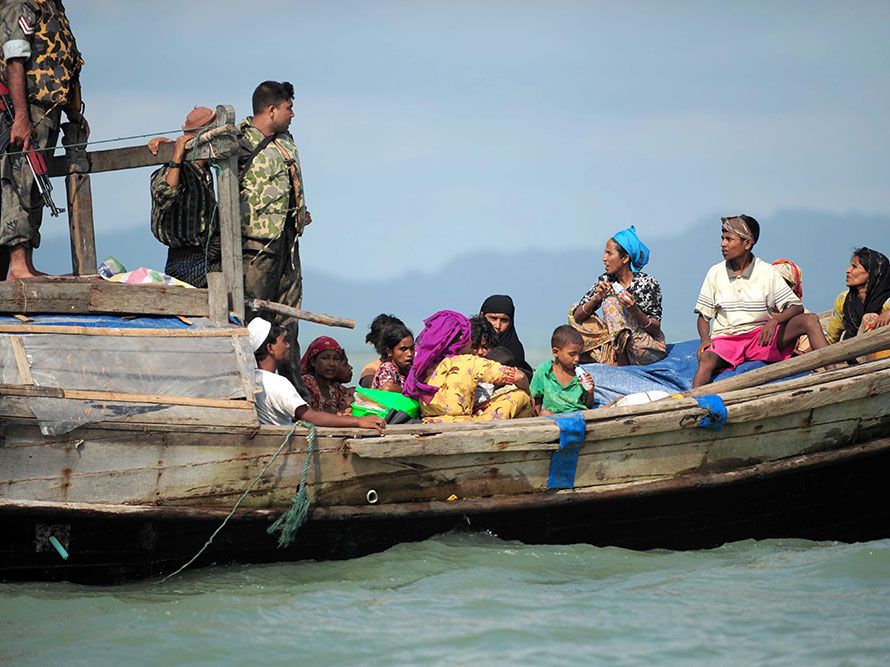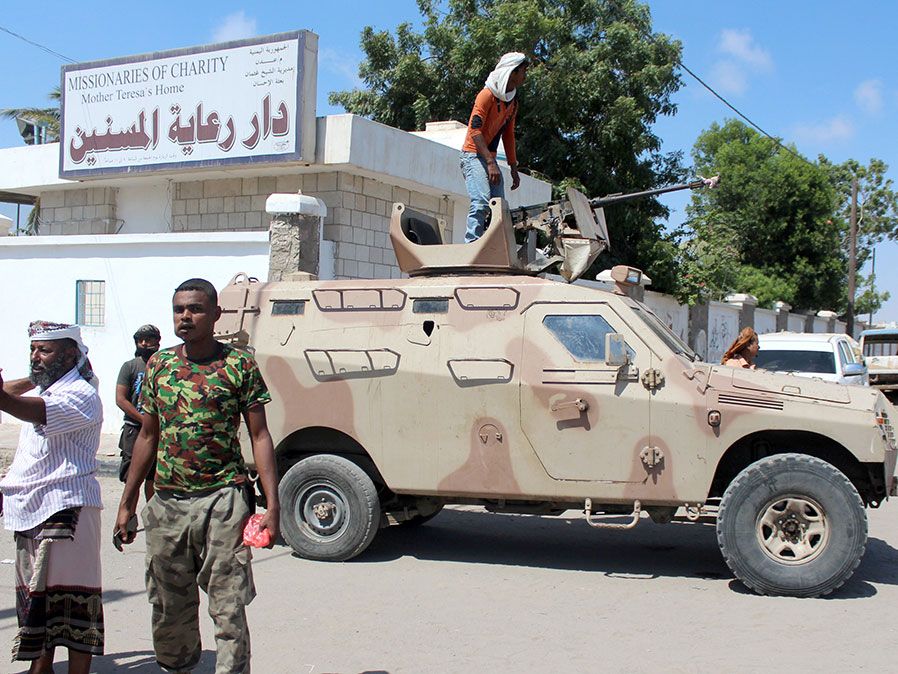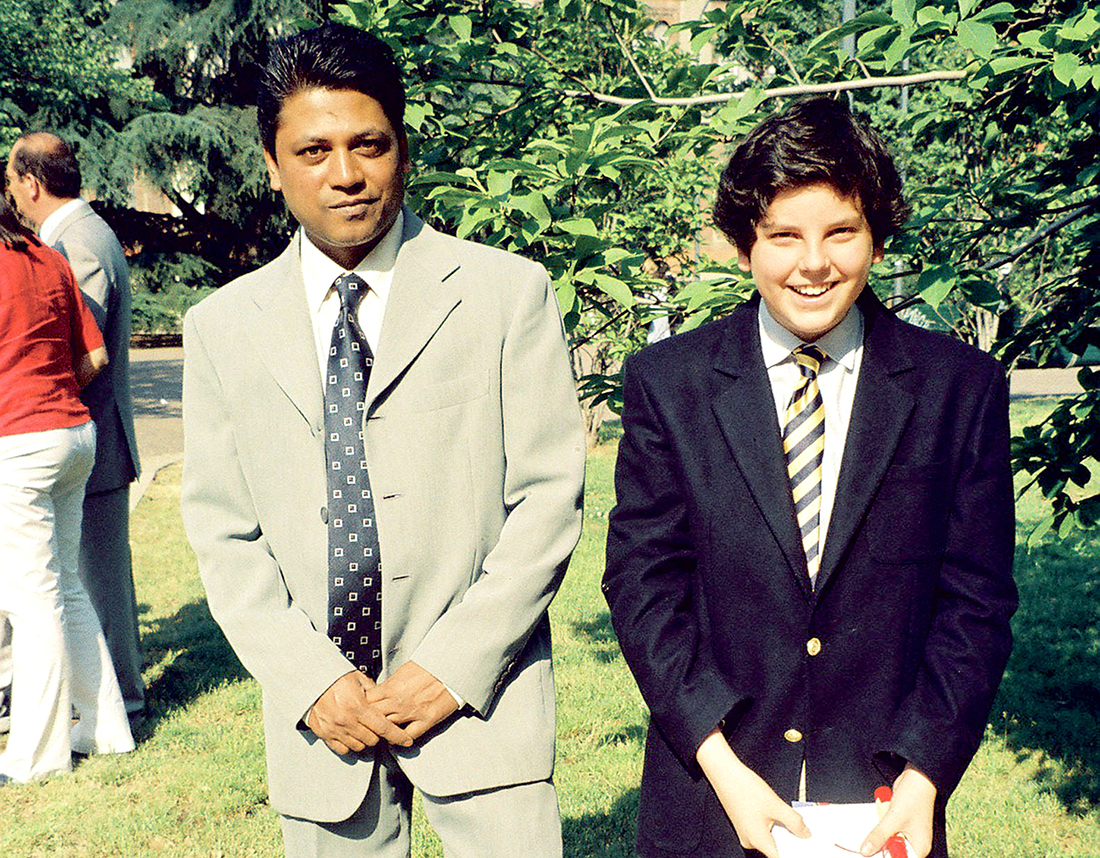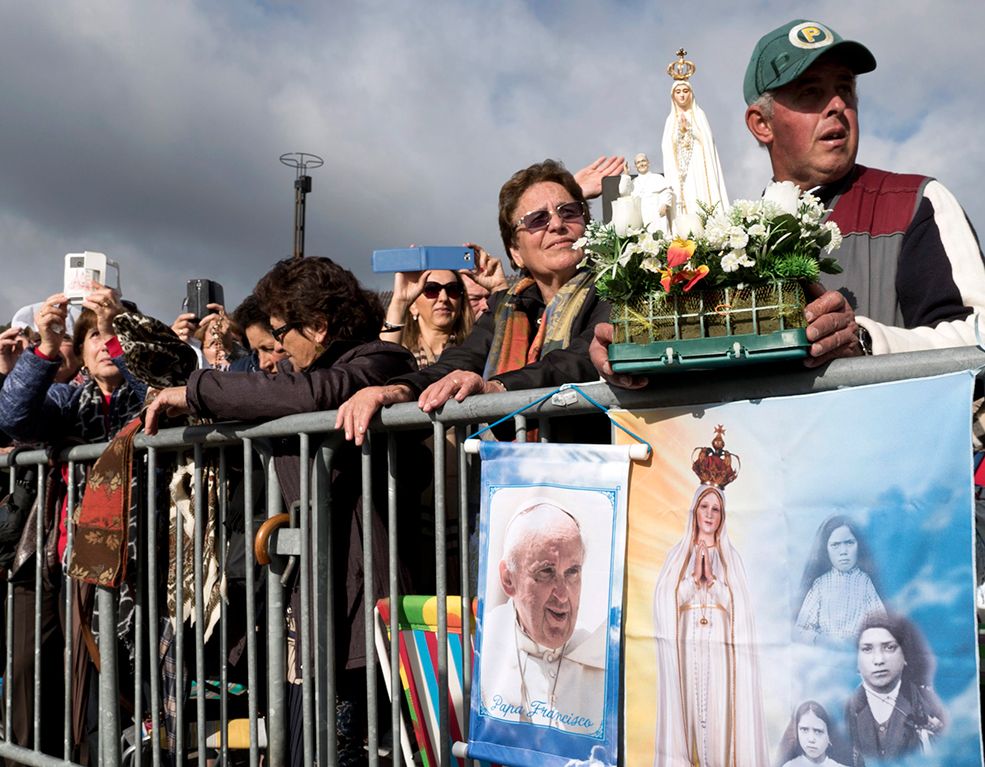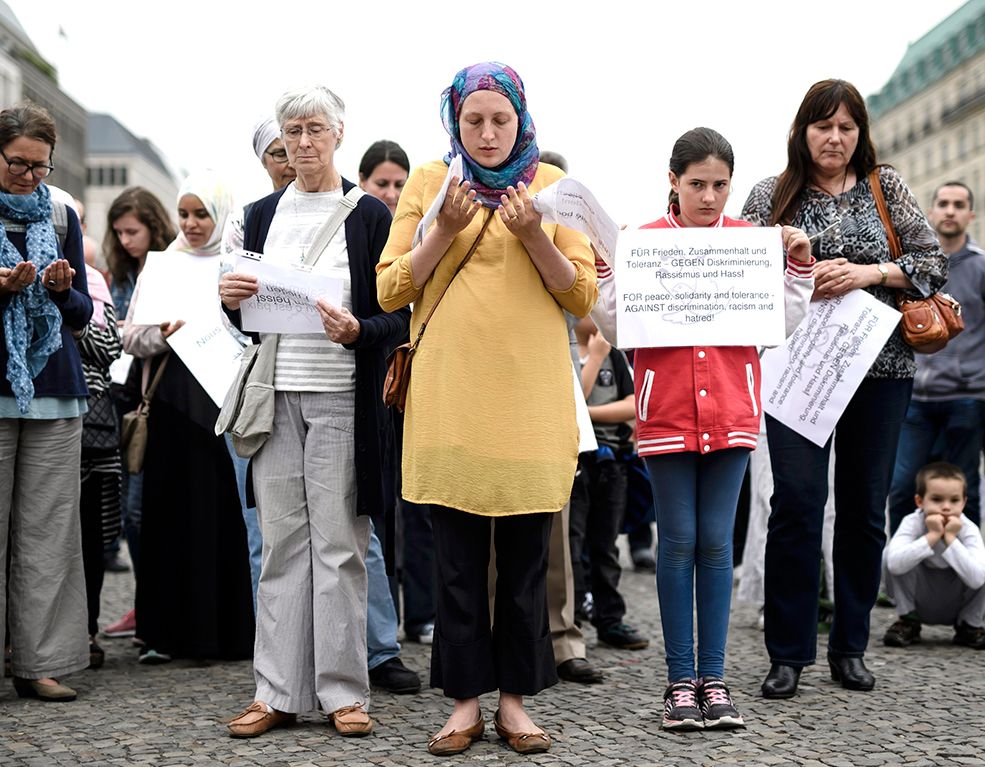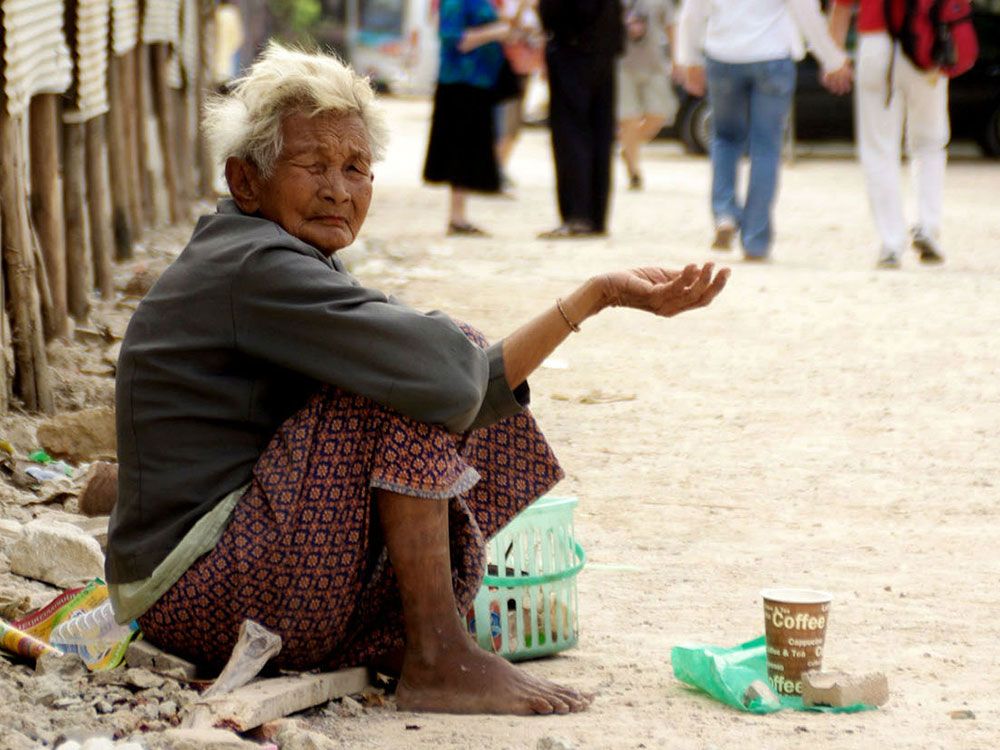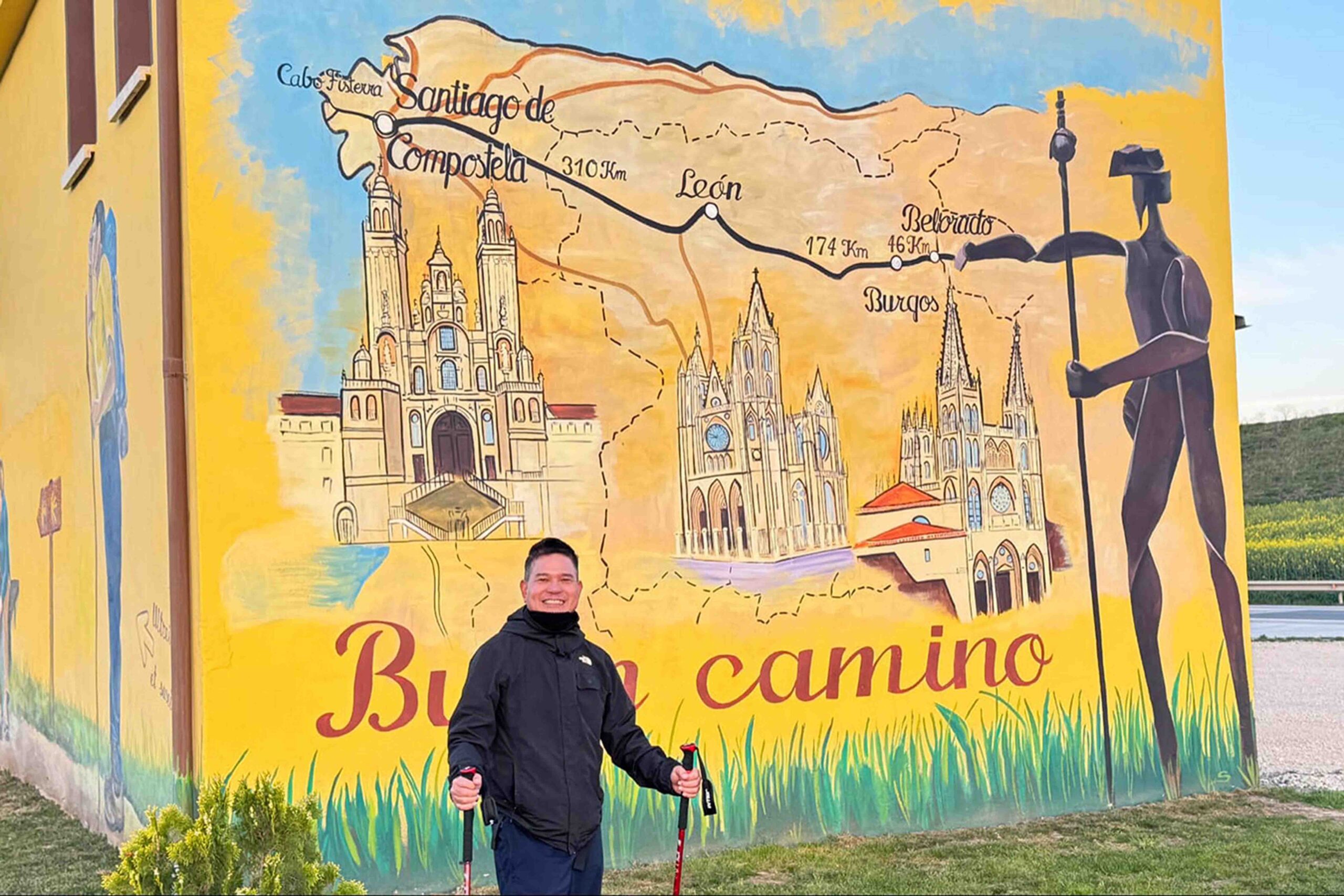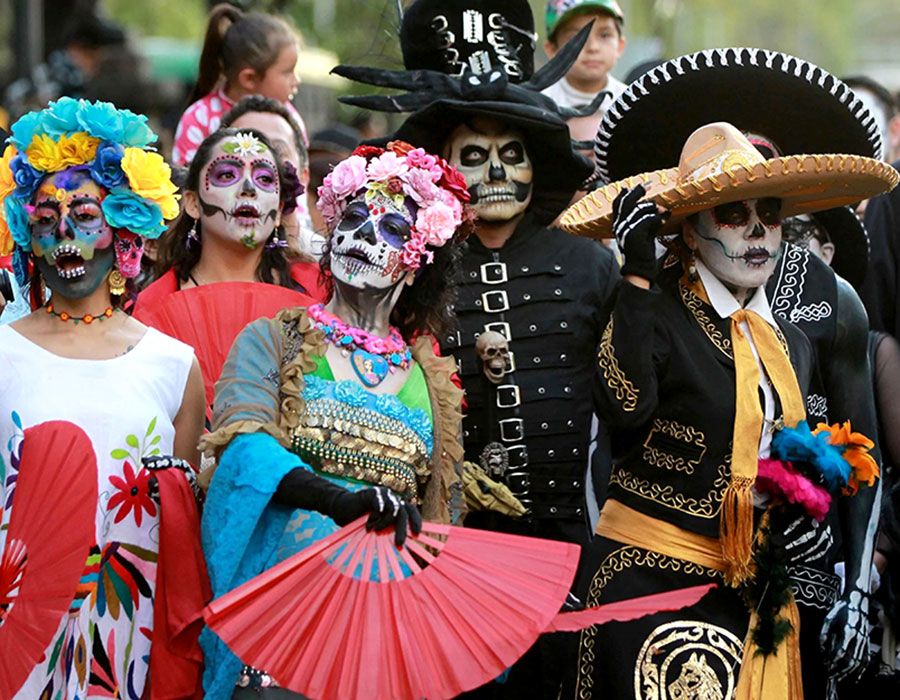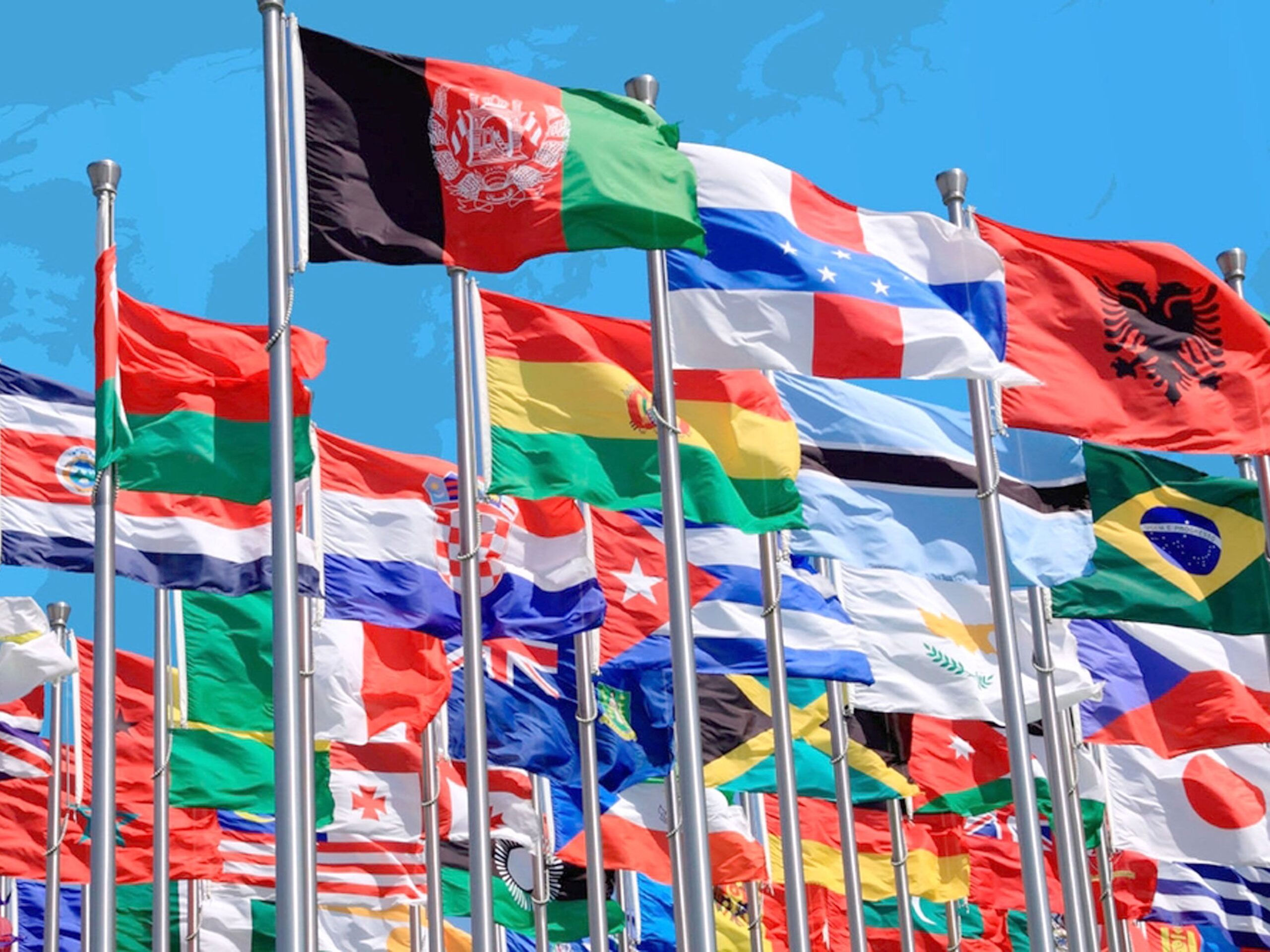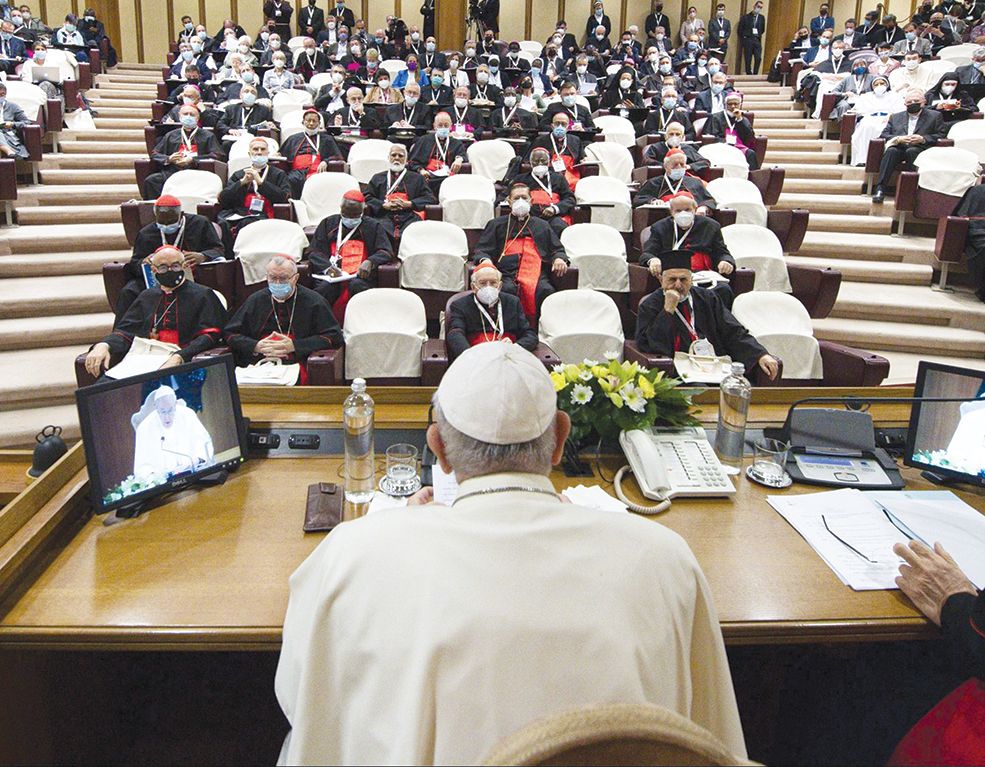According to a 2015 report by Forbes, there’s a three-trillion dollars’ worth of gold in the Philippines, making the country the second largest gold reserve globally. Mining companies seem to know this even before the Forbes report because the application list to operate in the country’s ancestral domains keeps growing. In one angle, this can be considered a positive note. More foreign investment means more companies growing, and more companies growing means more job opportunities for the Filipinos. In fact, the government sees some 250,000 job opportunities in the mining industry alone. If we are to focus on this and this alone, we would probably see it as a chance for us to be an inch farther from poverty. But in another angle, a bigger environmental and cultural damage unfolds.
Bloody battle
Year 1994 was when intensive large-scale mining operations began in Mindanao, mostly in the Southern Mindanao Region, the home of the Ata Manobos for generations. Because these Lumads are determined to protect nature and would not allow companies to operate, the government sent battalions of soldiers in the areas to ensure peace and keep the investors safe. It still sends battalions of soldiers to date.
Save Our Schools Foundation (SOS), a non-government organization focused on documenting and reporting attacks in schools, has recorded that 14 combat battalions of soldiers were sent to Region XIII or the CARAGA Region (consists of four provinces: Surigao del Norte, Surigao del Sur, Agusan del Norte and Agusan del Sur) under the Aquino regime. Consequently, 10 combat battalions were deployed in Region XII or SOCCSKSARGEN (South Cotabato, Cotabato, Sultan Kudarat, Sarangani, General Santos) and a whopping 21 combat battalions in Region XI or the Southern Mindanao Region. That’s 10,500 – 16,800 soldiers in total.
Military presence isn’t the only dilemma Philippine indigenous people are dealing with. Their schools are also instantly transformed into barracks. Save Our Schools Foundation visited some of the most affected areas, including Lupon, Davao Oriental; Paquibato District, Davao City; Compostela Valley Province; Talaingod, Davao del Norte; and Surigao del Sur, and saw firsthand the heavy military presence as well as the encampment in schools and communities. Children, who are supposed to learn Math and mother tongue and reading, end up hearing gunshots and seeing armors in school.
The Lumads may forbid large-scale mining and logging operations all they want but most of these companies have papers and permits from the government – a proof that the former administration allowed them to burrow the country’s ancestral lands. And, at this point, where high-powered guns and bullets are involved, the Lumads, their next generation and the entire Filipino culture are all at stake.
And what’s worse is that natural resources are not the only reason why more and more Lumads experience harassment and death each year.
Tagged as NPA
The former administration crafted, in 2011, Oplan Bayanihan, a counter-insurgency plan designed to maintain peace… hence the military presence. And upon asking the Lumads if they do see NPA (New People’s Army) members in their barrios, they did say yes but also clarifying that these NPAs don’t stay long in their communities. This is yet another reason why there are so many soldier battalions in the Southern Mindanao Region – to hunt down rebel groups and members of the armed revolutionary group NPA.
The only problem is, aside from the ancestral lands turning into battlefield, many Lumads are being tagged as NPA. In some cases, Lumad deaths are being labelled as collateral damage. In other cases, they are accused as NPA, friends of NPA, someone working for the NPA, and therefore, should be killed. Some of them also experienced torture under the hands of the soldiers.
This made the Lumads’ home seem like under martial law. They said soldiers would let them farm for few hours a day only. Stay longer in the farms and you will be suspected to have met up with the rebels. Many women, even young ones, also said their female friends, relatives, or they themselves were accused of being wives to rebels. It is but a harrowing thought that the womanhood and humanity of these people are tarnished so easily by those in power.
Paramilitary groups
The hellish war doesn’t involve soldiers and NPAs only. To make the hunting job easier, soldiers form paramilitary groups for assistance and easier immersion in the areas. One of the most popular is the Alamara. An Alamara is basically a Lumad tricked, lured or forced to carry guns and go against his tribe. They are provided with armors and military uniforms by the military themselves, and are ordered to follow all their orders – including killing fellow Lumads if needed.
Such cockfight scenario isn’t new anymore. But with the great increase of Lumad deaths from 2010 to 2016, we can say it got really worse.
Struggle for education
Their homes, their livelihood, their right to live peacefully, and their right to be educated – all these seem to be taken away harshly from the hundreds and thousands of Ata Manobos. And probably other kinds of Lumads in the country as well.
Reports revealed that schools built by local and international non-government organizations were also labeled as NPA-governed schools. Educators are tagged as rebels and are threatened to be killed. I once spoke with a teacher whose assignment was moved to the Lumads’ refugee camp. He said he never got to teach in the hinterlands because they were warned that if they proceed, they will be chopped and their mangled body parts will be mixed with mud. Another teacher shared her experience with the Lumads, revealing a glimpse of the disturbing state in their areas.
“Once when none of my students attended classes, I decided to go down the hill and check up on them, see if they’re home. But instead of children, worried parents greeted me. Their voice was filled with anxiety when they saw me and immediately shooed me away. They were mad and worried because they saw combat boot tracks which means soldiers could be anywhere. I shouldn’t have come down the hill,” said teacher Charlene of Salupongan Ta Tanu Igkanogon Community Learning Center.
If not turned into barracks, these schools are burned down. On November 12, 2015, a teacher’s cottage in a Lumad school in Sibagat, Agusan del Sur, was burned to ashes by armed men. Sad to say but this is not an isolated case.
At the end of the day, it’s kind of thought-provoking how in the beginning, the Department of Education provided permits for these educational institutions to operate… but now, it is the very same institution that released closure orders. I cannot help but wonder why it seems like those in power wanted these indigenous people to stay naive. Because if this is not the reason behind school attacks, what is?
The current state
Deaths have increased over the past six years. Some were real collateral damage but many were killed because they were the target.
September 1, 2015, the 54-year-old educator Emerito Samarca was murdered in his town in Lianga, Surigao del Sur. Samarca was a father of four and the executive director of the Alternative Learning Center for Agricultural and Livelihood Development (ALCADEV), an educational institution teaching locals and Lumads how to make the most of their lands for better income but not abuse nature.
Other brutal killings include those of Dionel Campos, who was shot in the head in front of his neighbors and relatives, and Bello Sinzo, who was shot eight times and whose body was found with broken arms and crushed jaws. Reports say that Campos was an officer of Kusog sa Katawhang Lumad sa Mindanao (Strength of IPs in Mindanao) or KALUMARAN, and the chairperson of MAPASU or Malahutayong Pakigbisog Alang sa Sumusunod (Enduring Struggle for the Next). Sinzo was also a member of MAPASU.
Hundreds and thousands of Lumads evacuate time and time again. They find themselves displaced more often than ever and this greatly affects the education of the children. They haven’t been schooled for long because they live in the hinterlands, and now that schools have finally reached their place, their chance to learn is once again halted.
In some exodus cases, they just stay in the forest, hiding and being one with nature, hoping they would be spared. But when there are so much bullets, when the encounter between military and NPA heightens to an unbearable point, they have to leave and walk to the city. They take off the beaten paths so they won’t get caught. They bring very little food and the only clothing they have are the ones they wear so there will be less suspicion.
One Lumad told me that at night, when the walking doesn’t stop, they walk barefoot, burn their slippers and use it as torch. They need to move as quiet yet as fast as possible. These Lumads are not criminals but in times like this, they need to be next to invisible. The local government in their areas don’t want this issue to reach more audience thus, they don’t allow any Lumad to leave the place. But these indigenous people are fighting for their lives.
May 2016 marked the first year anniversary of the more than 800 Lumads – from different provinces – in the United Church of Christ in the Philippines or commonly known as UCCP Haran in Davao City. This isn’t the first time they sought refuge in this place but this is the instance where they stayed really long. Here, they are labelled by the Philippine national government as trafficking victims, and said support groups are keeping them illegally. But if you ask the Lumads, they may not be as happy here as they are in their barrios – minus the soldiers and Alamara – but they feel safe here. And for now, that’s the most important thing.
What now?
The Lumads don’t evacuate to hide from the battle. They’re here in the city because they’ve had enough of all the illegal acts in their lands. Only few of them know the existence of Republic Act 8317 or the Indigenous Peoples Act of 1997 – a Philippine national law that basically says indigenous people have the right to their ancestral lands. But all of them know the great importance of nature. They said they consider the forests and rivers as their teacher, their hospital, and their home. For countless decades, they have been doing their best in being responsible of enriching this home.
Even when in the refugee camp, these Lumads are doing everything they can to keep culture alive. One Lumad I met named Nat’uloy has been crippled for two years. He makes kudlung, a traditional musical instrument, in the refugee camp. He once told me: “We couldn’t bring food because the military would suspect we’re fleeing,” so his wife carried him for two days and they and their children “ate nothing.” His is only one of the many heartbreaking stories of evacuating. And all of these are because of the greed and irresponsibility of those in power.
We’re not saying these people don’t mine. They do. They even allow others to operate. But these IPs have strong limits. Small-scale mining is literally just small-scale mining. They use nature to make a living but they know that, more than anything else, they need to preserve it for the next generation. Let’s just hope that, beyond the war and killings, there will still be a next generation of our culture.
Last April, Lakbay Lumad USA started. It’s a U.S. Speaking Tour supported by various groups locally and in the U.S. Through this, our Lumads can personally express and tell their stories and struggles to the people of the United States, including Filipinos living there. What about us here in our own lands? What are we going to do to help save our lands and our culture?




